Chioggia: Rybářské město, které si zamilujete
Chioggia je půvabné město, které se rozprostírá na skupině ostrovů spojených několika silnicemi. Návštěvníky okamžitě vtáhne do atmosféry starých časů. I když je toto město méně známé než sousedící Benátky, nabízí také velmi bohatou historii, jedinečnou architekturu, kanály a autentický benátský životní styl.
Památky
Hlavní tepnou města je Canal Vena, malebná vodní cesta s devíti mosty, lemovaná historickými budovami a kostely. Pro turisty je to místo, kde každý krok odhaluje jedinečný charakter města. Na jižním konci leží ikonický Ponte Vigo, most vedoucí na Piazza Vigo, kde se majestátně tyčí sloup zakončený lvem z Marches, symbolem benátské hrdosti.
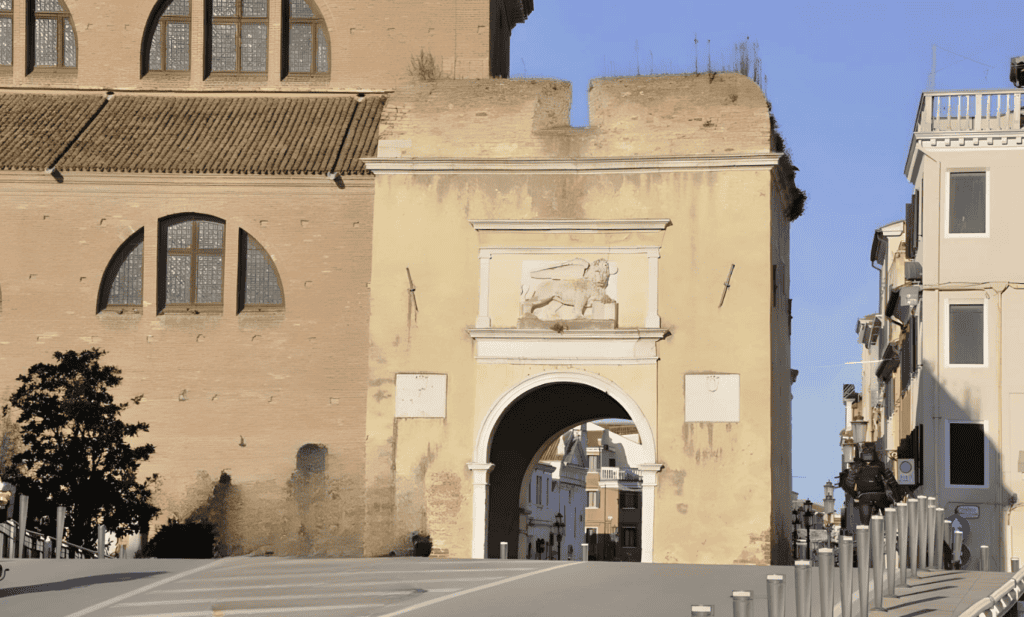
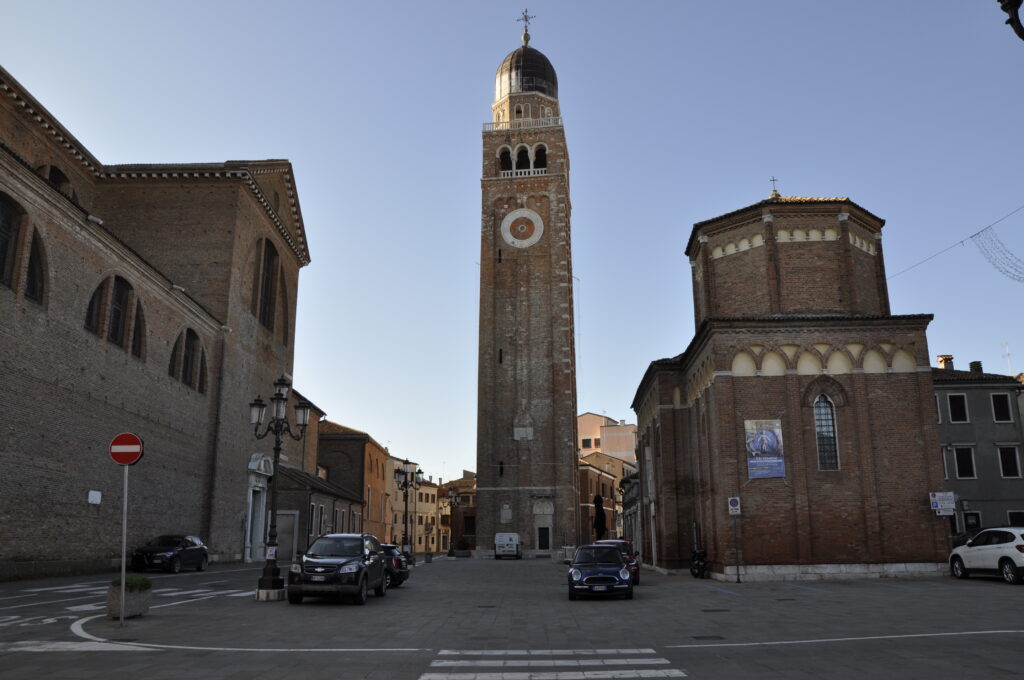
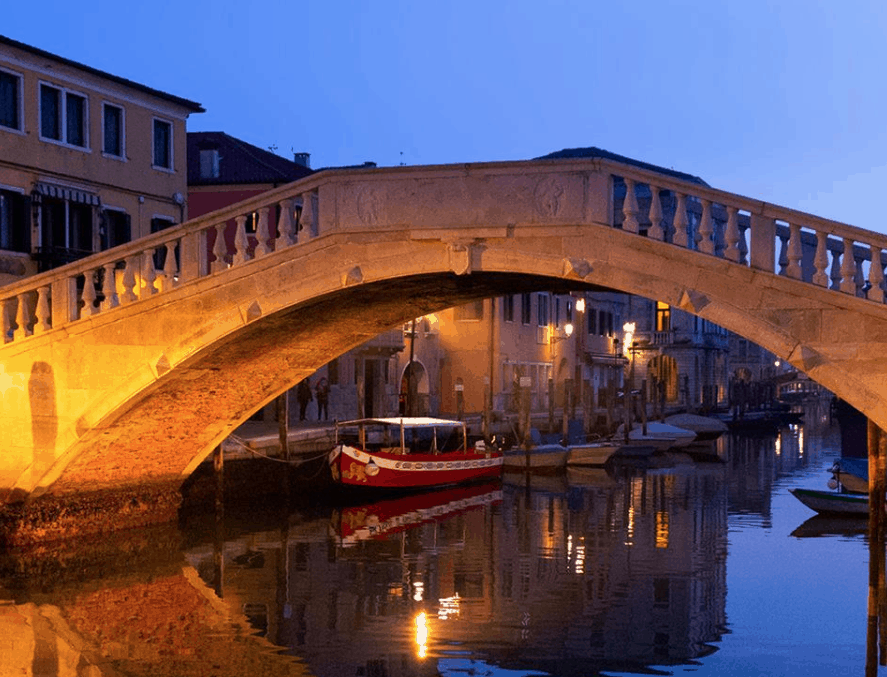
Místní však tohoto „lva“ vtipně označují jako el gato („velká kočka“), protože připomíná spíše kočku než velkého lva z Benátek. Tato přezdívka dokonce vyvolala hravé soupeření mezi Benátčany a obyvateli Chioggia.
Majestátní brána Porta Garibaldi zavede návštěvníky do renesančního srdce města Chioggia. Pevnost, postavená kolem 13. století, kdysi chránila město před nájezdy. I přes četné války a přestavby si Chioggia stále zachovává své historické kouzlo. Poslední rekonstrukce byla dokončena v roce 2018.
Mezi další zajímavé památky patří Bazilika svatého Jakuba Apoštola, Kostel sv. Andreje z 18. století a románská věz z přelomu 11. a 12. století, ve kterém se nacházejí nejstarší hodiny na světě od Giovanni Dondiho.
Corso del Popolo je hlavní ulicí a promenádou města, která vede do přístavu. Je to centrum města a veškerého dění. Najdete zde kavárny, bary, kostely. Oproti Benátkám je zde podstatně méně turistů a město jim není tolik podřízeno. Každý si tu hledí svého řemesla. Ve vzduchu cítíte, že je zde hlavním zdrojem obchodu rybolov. Kousek od centra je obrovský rybí trh a vůně z něj se line celým městem.
Chioggiané mají také svůj specifický akcent. Mluví jinak než Benátčané či obyvatelé ostatních blízkých měst.
Rybolov
Díky své poloze u Jaderského moře je Chioggia jedním z nejdůležitějších rybářských přístavů v regionu. Rybolov tvoří páteř obživy a rozvoje města.
Na místním rybím trhu můžete nakoupit mnoho druhů ryb jako je pražma, mořský okoun nebo jazyk, a velmi chutné modré ryby, jako jsou sardinky a ančovičky; výběr mořských plodů, ,různé krevety, kraby, chobotnice, sépie a kalamáry.
Chioggia je vyhlášená výbornou rybí gastronomií a slavným Fish Festivalem, kdy se celé město promění ve velkou oslavu. Jako předkrmy zde můžete najít například pečené mušle ochucené strouhankou, petrželkou a kapkou koňaku, smažené nebo grilované krevety. Mezi prvními chody nesmí chybět ochutnávka rizota alla pescatora (kde ingredience závisí na úlovku dne), velkolepé bigoli (silné nudle vyrobené z celozrnné pšenice)v salse nebo lahodná rybí polévka broeto. Druhé chody jsou nádherně provoněné ryby pečené na grilu, jako je mořský okoun, kambala, ďas nebo pražma. Nelze opomenout sépii v černém sépiovém inkoustu nebo dušené ryby a mořské plody. Vynikající jsou také míchané pokrmy ze smažených ryb, s krevetami, kalamáry, podávané s pečenou polentou.
K jídlům se podává také bussolà, typický chléb z Chioggia, a velkolepá zeleninová obloha z místních polí, jako je červená čekanka (radicchio), bílá cibule, mrkev, brambory, dýně nebo červená řepa.
Radicchio di Chioggia (čekanka)
Kromě svého rybářského dědictví je Chioggia také známá produkcí výrazné čekanky (Radicchio) Rosa di Chioggia, která patří červenolisté čekanky, a je oblíbená po celém světě.
Místa k prozkoumání: Sottomarina a Isola Verde
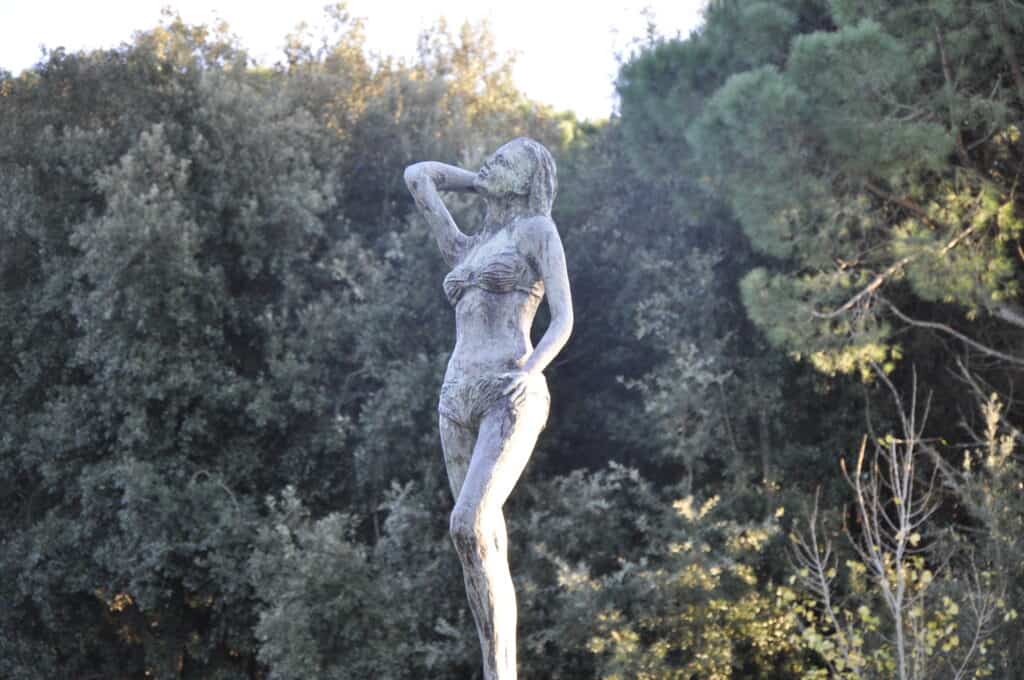
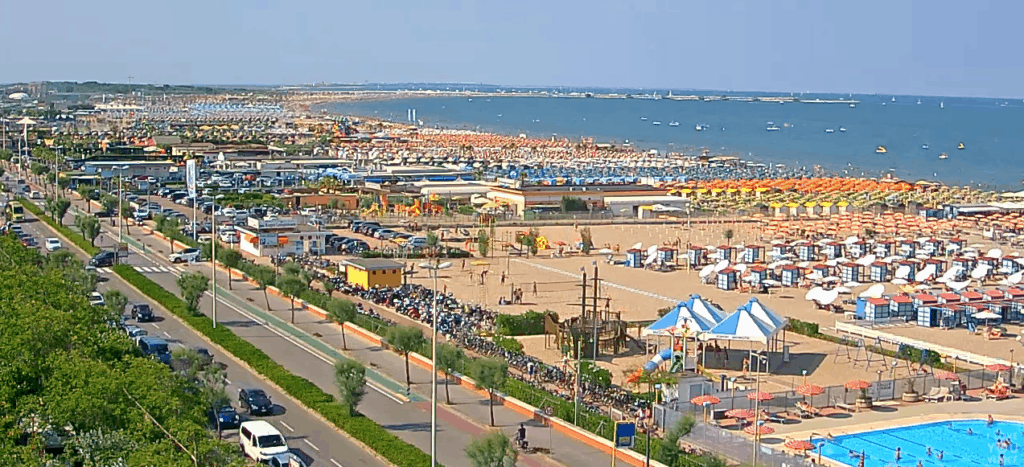
Sotomarina
Písečná pláž Sottomarina se táhne od přístavu Chioggia až k ústí řeky Brenta-Bacchiglione. Tato oblast je známá svými koupališti a plážovými bary, které jsou oblíbené jak u místních, tak u turistů. Pláž je přístupná přes malebnou Lungomare Adriatico, která nabízí úžasný výhled na Jaderské moře.
Zelený Ostrov
Isola Verde (Zelený ostrov)
Pro ty, kteří hledají klid a spojení s přírodou, je Isola Verde, která se nachází hned vedle, dokonalým útočištěm. Tato oblast je ideální pro cyklistiku nebo procházky podél řek Adige a Brenta nebo pro objevování nedalekého přírodního parku Bosco Nordio. Isola Verde je útočištěm pro ty, kteří chtějí uniknout ruchu města.
Chiozzotte Baruffe
Chioggia je sice především městem rybářů a tradic, ale její kouzlo inspirovalo i slavného dramatika Carla Goldoniho k napsání jeho komedie Le Baruffe Chiozzotte (Rvačka v Chioggii). Hra, která byla poprvé uvedena v Benátkách roku 1762, mistrně zachycuje vtipné spory a intriky mezi místními rybáři a jejich rodinami, které podnítily milostné avantýry mladé generace. Goldoniho použití místního dialektu a představení mladého benátského úředníka, který se zoufale snaží vnést řád do živé komunity, dodává příběhu na atraktivitě.
V moderní době byla hra obnovena v roce 1962 Giorgiem Strehlerem v Piccolo Teatro v Miláně, přičemž zdůraznil lidské a realistické prvky Goldoniho scénáře. O čtyři roky později byla tato inscenace adaptována pro italskou televizi.
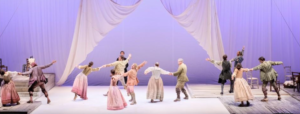
Chioggia je město plné historie, kultury a okouzlujícího benátského života. Ať už vás přitahuje jeho rušný přístav, historická architektura nebo relaxace na pláži Sotomarina, Chioggia nabízí něco pro každého návštěvníka.
Okolí
Pokud nechcete zůstat pouze ve městě, ale chcete poznat také krásné okolí, doporučujeme zvolit sejděte z města do Lungomare, centra letní turistiky, a dále do zeleninových zahrad zasvěcených čekance Radicchio di Chioggia.
Nezapomeňte prozkoumat nedaleké divy Benátek, třeba s digitálním zvukovým průvodcem, který vám umožní objevovat hlavní pamětihodnosti města, jako je Dóžecí palác a ikonické baziliky, vlastním tempem.
